Tracing the Evolution of Video Games and the Players’ Place in Society
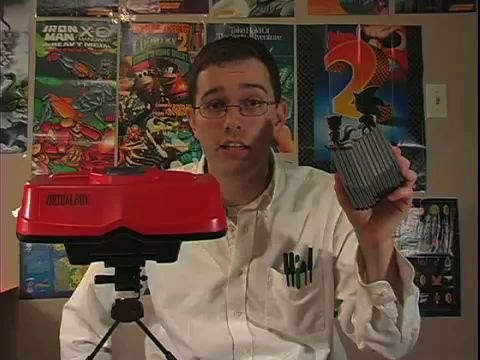
Source: Angry Video Game Nerd via Facebook
As one of the leading forms of entertainment, it’s hard to imagine a time where video games didn’t reign supreme. They’ve come to surpass the music and movie industry and in doing so, have proven to the world that they are a force to be reckoned with. But, as many fans know that have followed the relatively young industry, it hasn’t always been this way. For the first few decades of their existence, video games were nothing more than a novel idea sitting in a bar, arcade or eventually your living room. Classified as a hobby and put into a category similar to trading card or board games, video games were thought of as merely a child’s plaything. The world at large didn’t see the potential in the industry and it wasn’t until recently that people have started to recognise how big it truly is and can be.
This led us to wonder not only what games looked like as they evolved, but how people who played games were looked at. Here’s our unofficial guide to gaming through the decades and the public’s perception of the people who invested time in the now-cultural phenomenon.
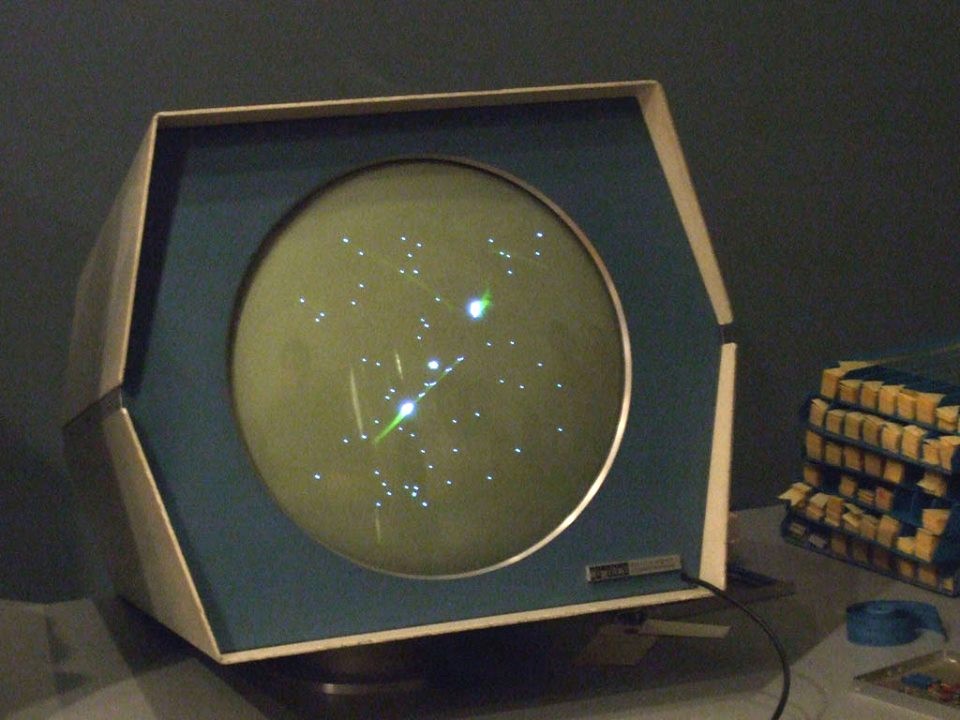
Source: Atari Fans via Facebook
1960s
Admittedly, the 1960s were slow in terms of the public perception, but this is where video games really got their start. Some might argue that the genesis of video games truly started in the ’40s when a cathode ray tube was modified to support gameplay, but the radar-inspired device only paved the way for Spacewar!, the title written by MIT students in 1961. The game was so popular among developers that Rolling Stone hosted a Spacewar! tournament, which some consider to be the first gaming tournament ever, in 1972. Which brings us to the decade that truly showcased video games to the world.
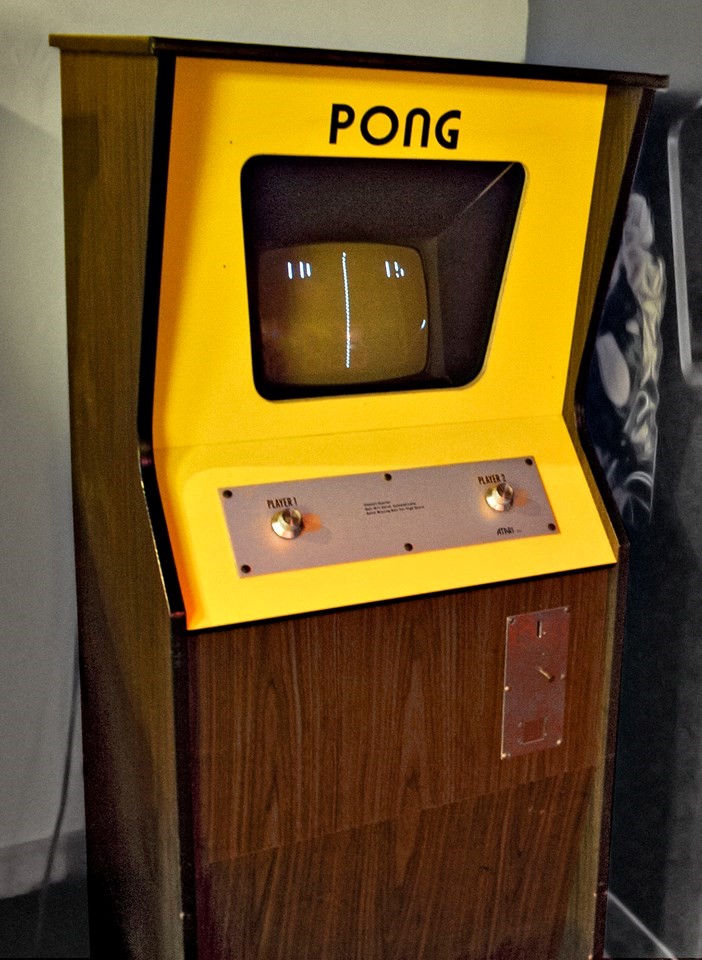
Source: Atari Fans via Facebook
1970s
The 1970s brought arcade gaming to bars and other hang out spots. Titles such as Astro Race, Gun Fight, Space Invaders, Galaxian and Pong release to the population and blew everyone away. Playing a game on a screen was unheard of and the experience was immediately in the spotlight as people pumped quarters into these foreign dealers of fun. Pong was also released on home console and a flood of the machines (pretty much all of them able to play the virtual tennis game along with their own set of titles) hit the market. Ranging from the Odyssey series of consoles to the Magnavox Odyssey, more than 50 systems were released. Compare that to console gaming from the late ’80s to today and that far surpasses the amount of consoles released in the last 30 years.
But that’s because gaming was a different beast back then. People didn’t really know what this new form of entertainment was and what the future of it would look like. The perception was likely that these games were a fun, little sign that technology was coming along and nothing more. But what came next would cement gaming and the way people looked at it forever.

Source: Cinematic Travesties via Facebook
1980s
After the golden age of arcade gaming in the late 70s/early 80s and the video game crash of 1983, a failure that many claimed was brought on by the flop of a single, infamous movie-based game known as E.T. the Extraterrestrial, the industry came back stronger than ever with the NES, enhanced gaming computers and pioneered an era that would forever highlight a point in time where arcade gaming was at its peak. At this point, movies were starting to recognise the appeal of the powerful little machines that could and released The Wizard, a movie starring Fred Savage, Christian Slater and Beau Bridges that revolved around a trio of kids trying to enter their friend in the Nintendo World Championships. The tournament itself was also a very real competition set up by Nintendo to promote the release of Super Mario Bros. 3.
So after being in the public’s eye for almost two decades, video games and the people that played them became more commonplace. Arcades were filled to the rafters with kids who just got out of school and were thus still viewed as an activity associated with youth. This, most likely, was due to the fact that these were people growing up alongside video games. Older generations saw them and immediately thought they just appealed to kids. But as those kids grew up and continued to play, something changed in the public’s mind. Opinions formed as people came to terms with the fact that these games weren’t going anywhere.
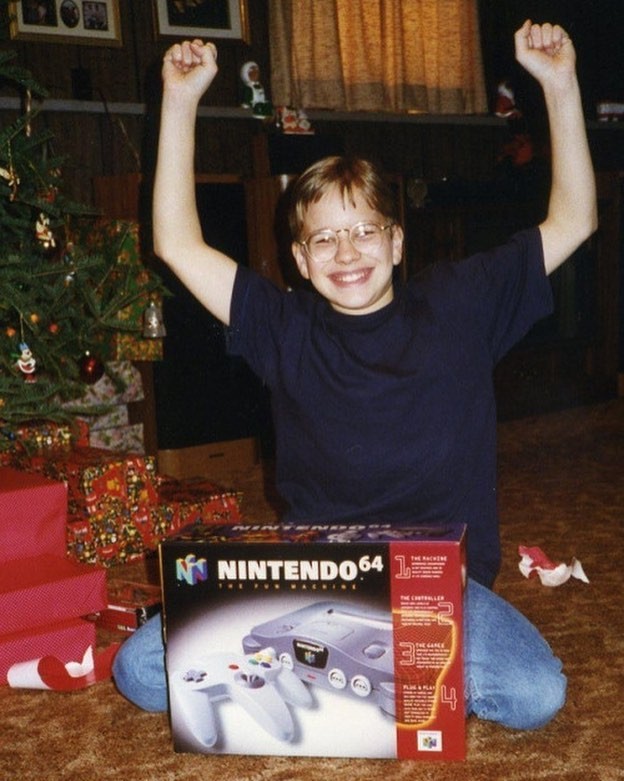
Source: Totally 90s via Facebook
1990s
The late ’80s/early ’90s brought about the console wars between Nintendo and Sega. This was the first time gamers would choose who they gave their allegiance to, and with the SNES squaring off with the Sega Genesis, it was a tough choice to make. Mario versus Sonic, saving the princess versus going fast, 16-bits versus blast processing. But as the ’90s continued on, a new contender emerged. The Sony PlayStation released in 1995 and brought with it Crash Bandicoot, Spyro, Solid Snake and Lara Croft. Unfortunately, as one titan came to the market, arcades fell to the wayside as they struggled to earn enough to stay in business. By the end of the ’90s, they were practically a relic of the past.
In this time, console and computer gaming took up the mantle as the definitive gaming experience. Computer gaming thrived in a time where computers were making their way into every home and online options brought players together in the unfamiliar territory of cyberspace. During this time, consoles became the way you identified yourself as a gamer. Did you play The Ocarina of Time, Cortex Strikes Back or Shenmue? While the players found ways to categorise themselves based on the games they loved, everyone else categorised them as geeks – not quite the book-loving, extracurricular craving nerds that we had already known, but some closely-related cousin. It was no longer “cool” to play games when arcades closed their doors. When the act of playing a video game was largely an antisocial one that left people in their houses, the public’s outlook shifted.
Video games were still for kids, but now they were for a specific type of kid that couldn’t be around others. One that was surely being influenced by the violence that everyone couldn’t stop saying games unnecessarily portrayed. While the ’90s brought us many of the classic titles that would forever influence the industry, it also marked a time when games, and the people who played them, were looked upon more negatively by society. Games, in people’s opinions, were making kids violent and antisocial.
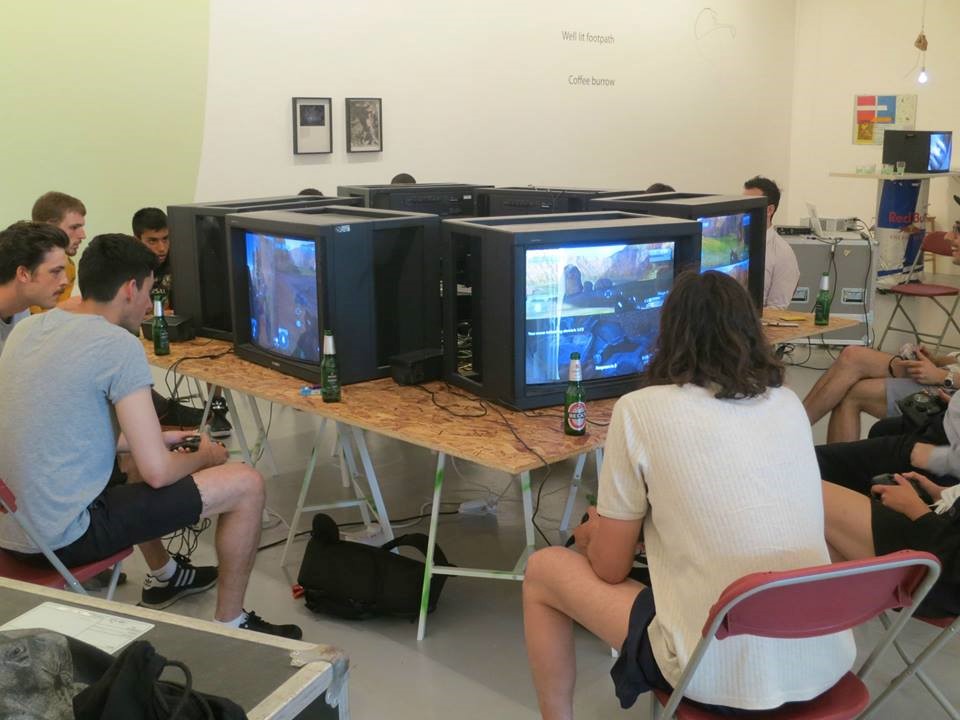
Source: Nights into MEMES via Facebook
2000s
When the threat of Y2K came and went, games were there to keep reminding us just how far technology had come. Cell phones became smart, smart enough to play sophisticated games as a matter of fact, and Sega would only make video games as the Dreamcast signalled the end of their time with consoles. However, Xbox came to fill the void that was left in the market and quickly made shooters rise to fame with the likes of Halo. Competitive and co-op online play would rule consoles and computers as everyone became used to computers and all of the technology they had to offer. By the late 2000s, online shooters such as Call of Duty, Halo, Gears of War and Counter-Strike garnered a huge player base and saturated the market with the action-packed genre. While Sony and Xbox certainly used this to their full advantage, Nintendo kept things casual with the motion controls of the Wii. However, despite criticism from nearly everyone that painted Nintendo as the crotchety, old company that refused to change in order to stay relevant, the Big N proved they knew what they were doing as the system rose to become the best-selling system of its generation.
With a slew of games offering online play and the Wii being marketed to an older generation, the public had mixed emotions about gamers in the 2000s. They were still geeks, but as time went by, that became a good thing. Sure, there was still the reputation of addicted online MMORPG players forgetting about their babies or losing their jobs because they stopped going in, but on the whole, the image of gamers was on the upswing. While being called a geek or nerd was more in fashion than actually being one, the stigma of games making people violent or antisocial started to fade and many studies showing the positive side effects of playing started flooding in.
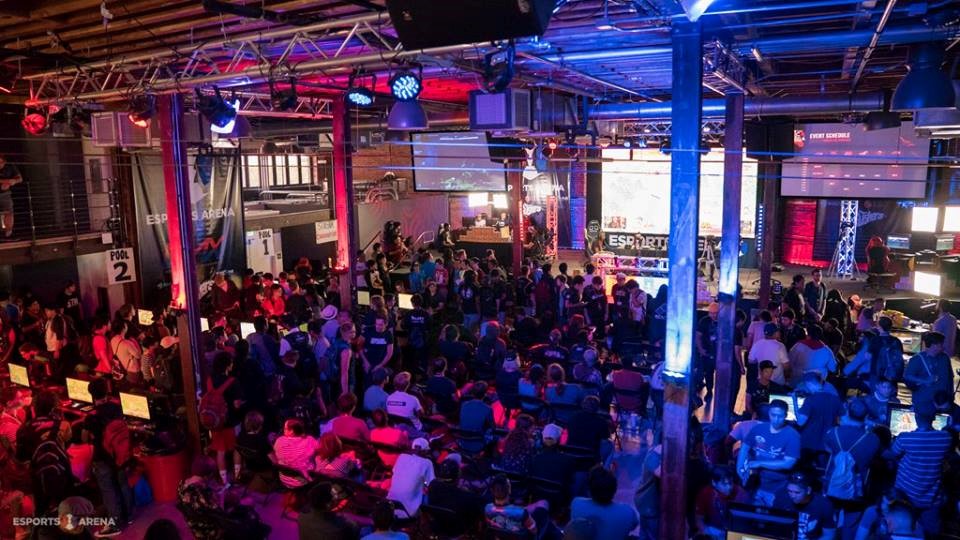
Source: Esports Arena via Facebook
2010s
And here we are. With barcades making a comeback for the cabinet-filled playgrounds of the ’80s alongside eSports, YouTube and streaming, video games have made their way to becoming more social than ever. Some of the most popular streamers get an average viewership of more than 100,000 each time they go live and giant eSports tournaments bring together competitors from all over the world. And it’s not just conventional games that get recognition, but even casino games that are cashing in on the social side of things, with live gambling, free spins on their online slot games and myriad sites all hosting games such as Starburst and Atari’s Asteroids that give the same colourful video game vibe that one might expect from Mario. These throwback aesthetics to retro games are also making a comeback in console and computer gaming as pixel art titles have now become all the rage in the past five years with titles such as Hyper Light Drifter, Super Time Force and Undertale. This push toward social game came about not only from the online MMORPGs and shooters, but app games that reward players for teaming up with others. The popularity of these app games are so strong, in fact, that some believe they could one day be the death of console games, an assertion that has been heavily debated in recent years.
Regardless, it’s still cool to be a geek now, but, even more specifically, it’s cool to say you’re a gamer. We’re seeing some pushback from people who claim they’ve always been gamers who say that many people are just using the title to be trendy. However, society as a whole has become much more accepting of the games industry especially after seeing just how fortuitous they can be for a multitude of fields. If a guy from Sweden can build a multimillion dollar job out of posting ten-to-20-minute videos on Youtube, what’s stopping the next random person with a webcam and an annoying voice from doing the same thing?
Gaming has indeed come a long way since its small beginnings in the ’70s, but so have the people who play those games. It’s safe to say that society has felt the impact of video game culture and has never quite been the same since. It’s just a matter of time before we all end up stuck in a virtual reality world or shunning video games forever for their addictive nature. Or we’ll just keep insulting each other while we compete in the newest online game. Either way, we’re ready for the future as long as we have something to play.




